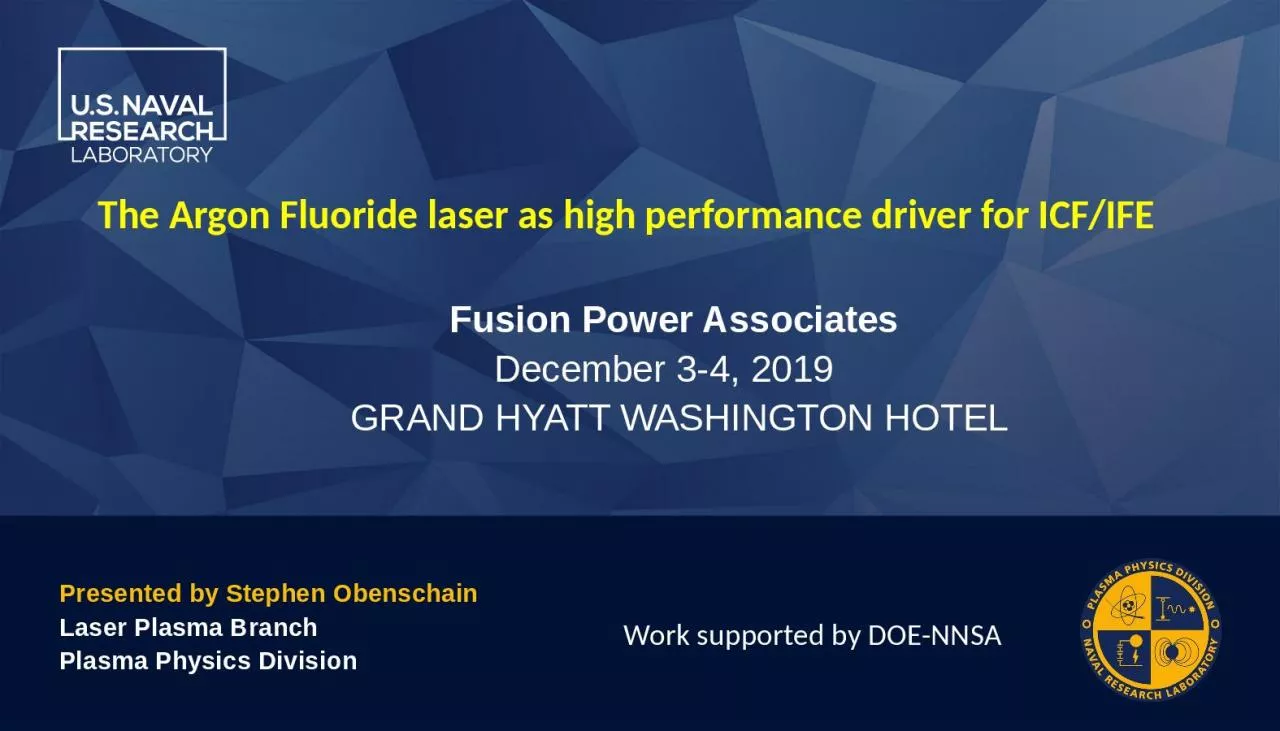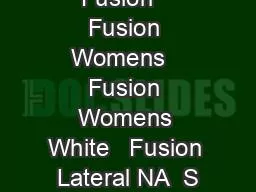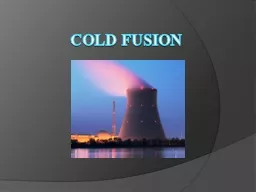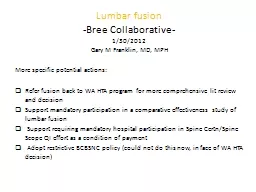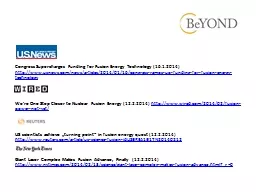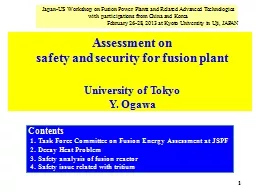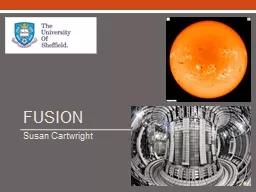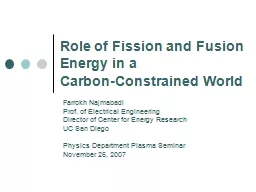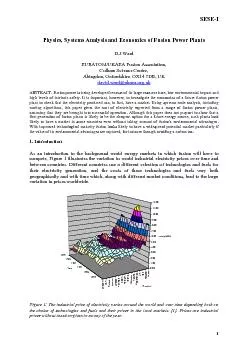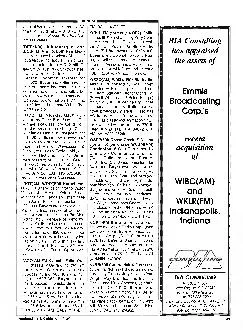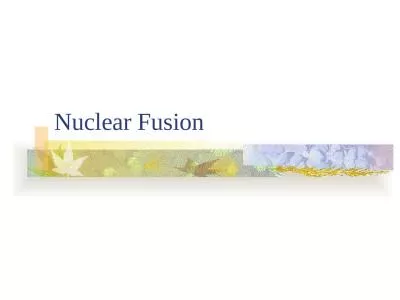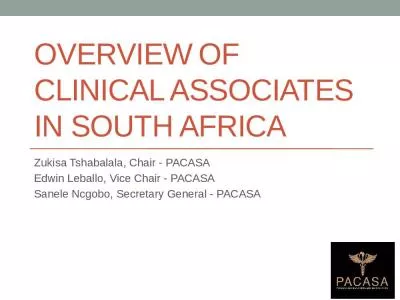PPT-Fusion Power Associates
Author : sadie | Published Date : 2023-05-19
December 34 2019 GRAND HYATT WASHINGTON HOTEL Presented by Stephen Obenschain Laser Plasma Branch Plasma Physics Division The Argon Fluoride laser as high performance
Presentation Embed Code
Download Presentation
Download Presentation The PPT/PDF document "Fusion Power Associates" is the property of its rightful owner. Permission is granted to download and print the materials on this website for personal, non-commercial use only, and to display it on your personal computer provided you do not modify the materials and that you retain all copyright notices contained in the materials. By downloading content from our website, you accept the terms of this agreement.
Fusion Power Associates: Transcript
Download Rules Of Document
"Fusion Power Associates"The content belongs to its owner. You may download and print it for personal use, without modification, and keep all copyright notices. By downloading, you agree to these terms.
Related Documents

